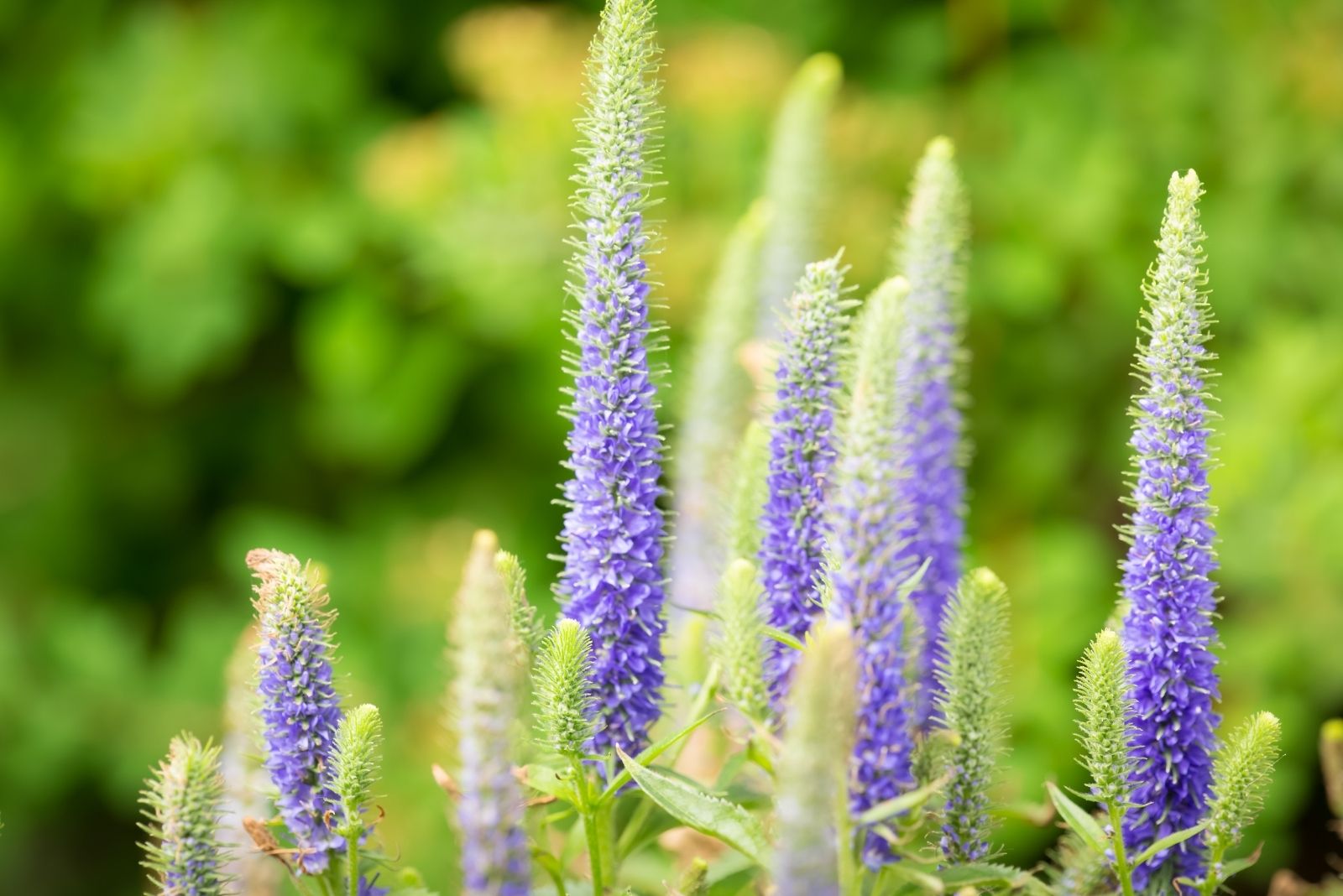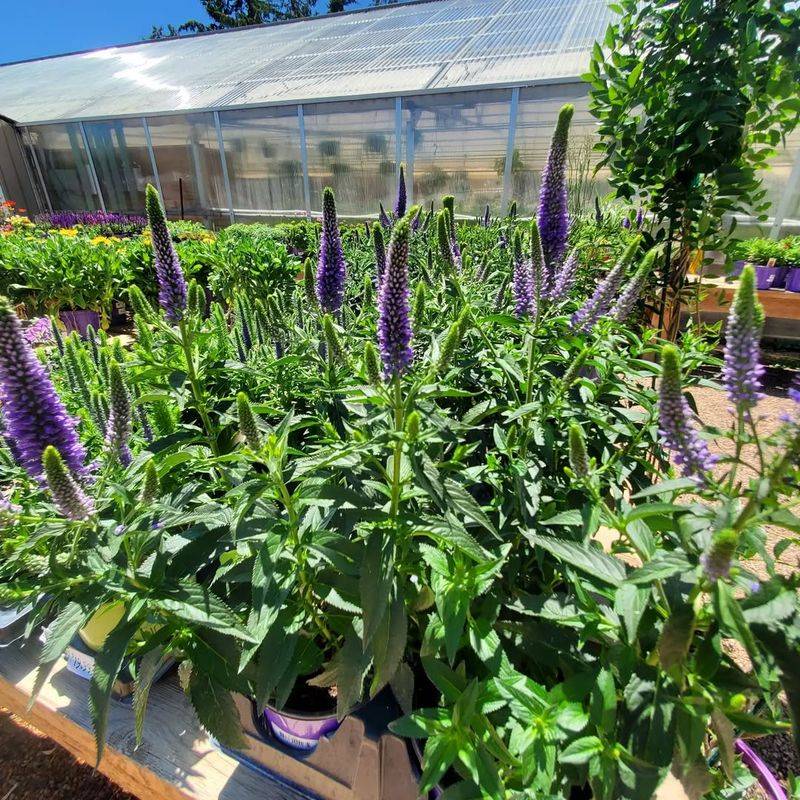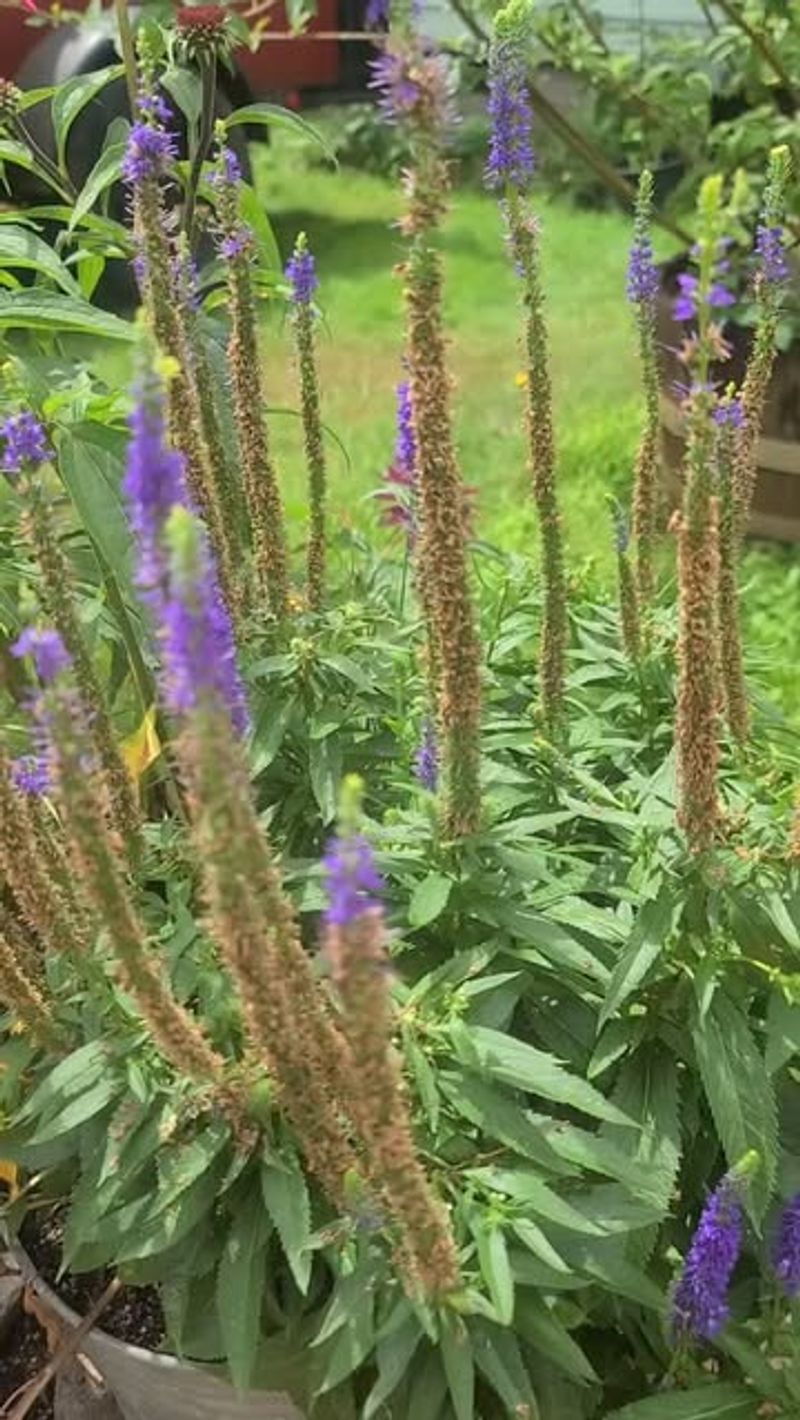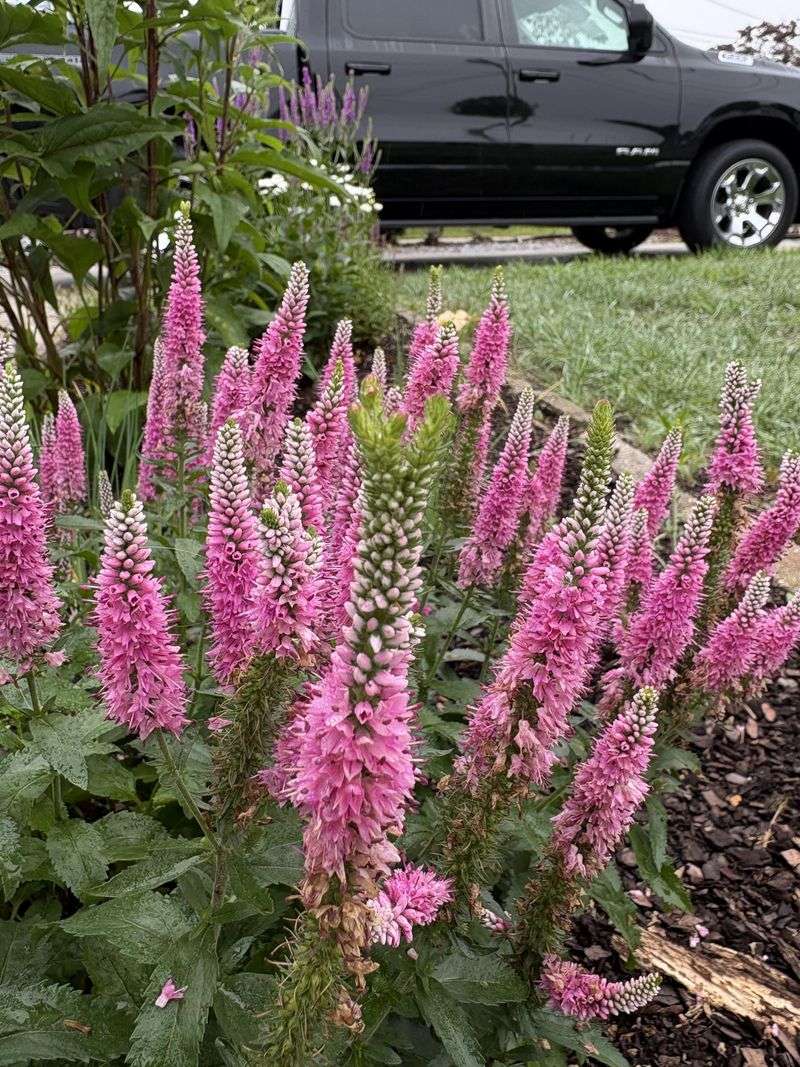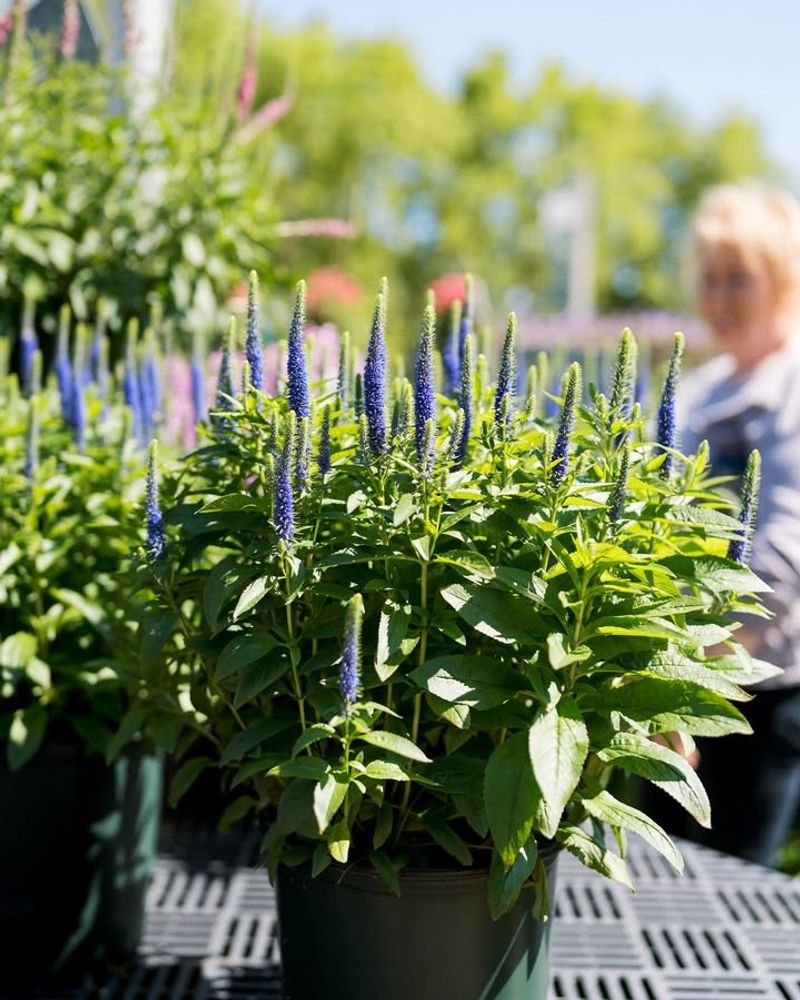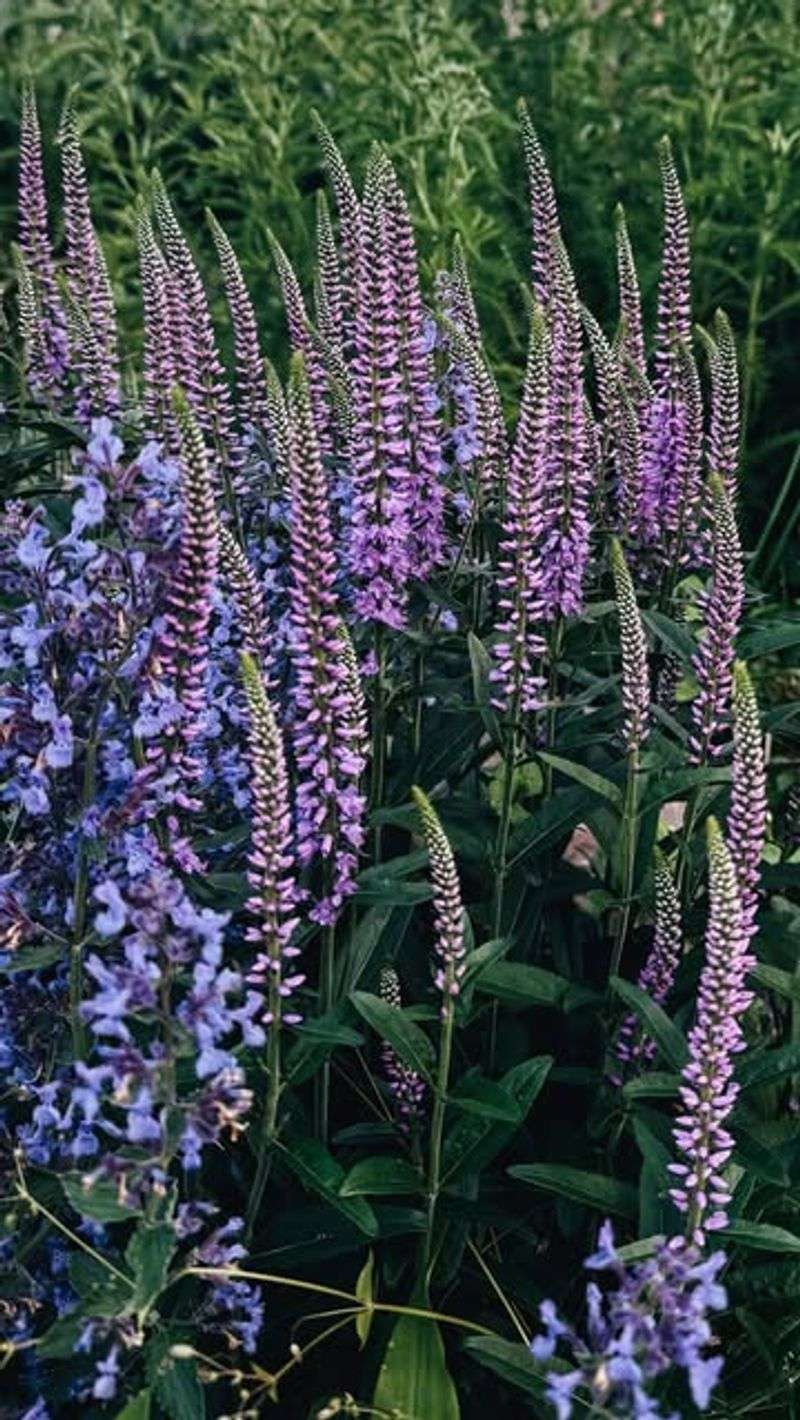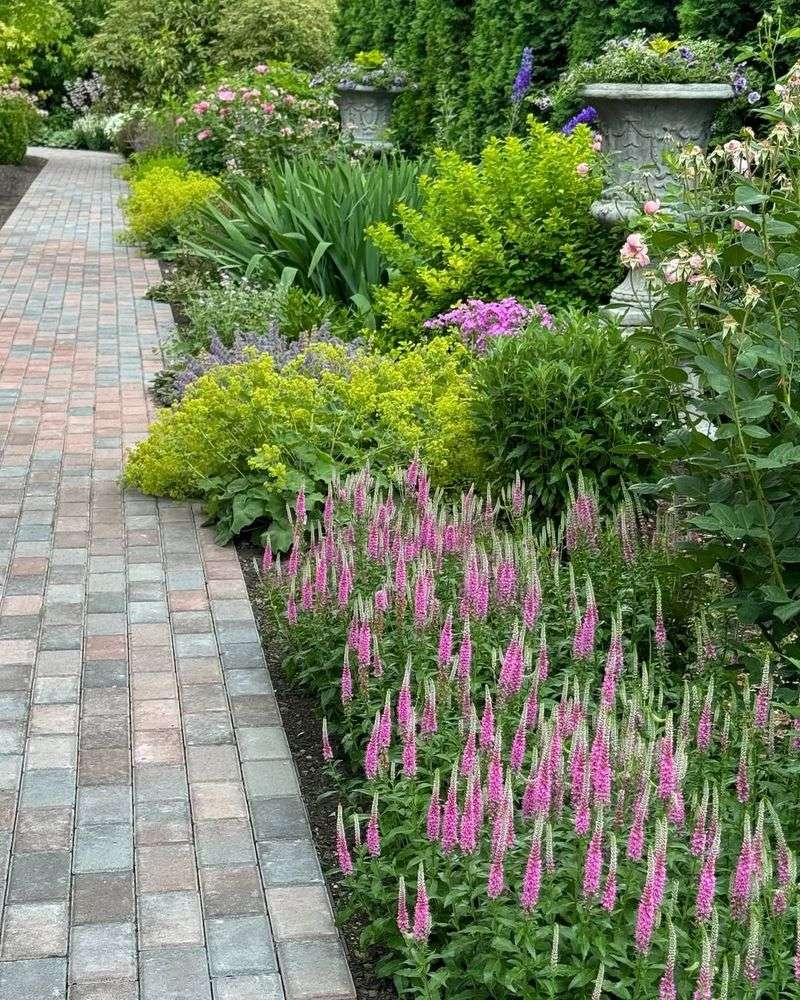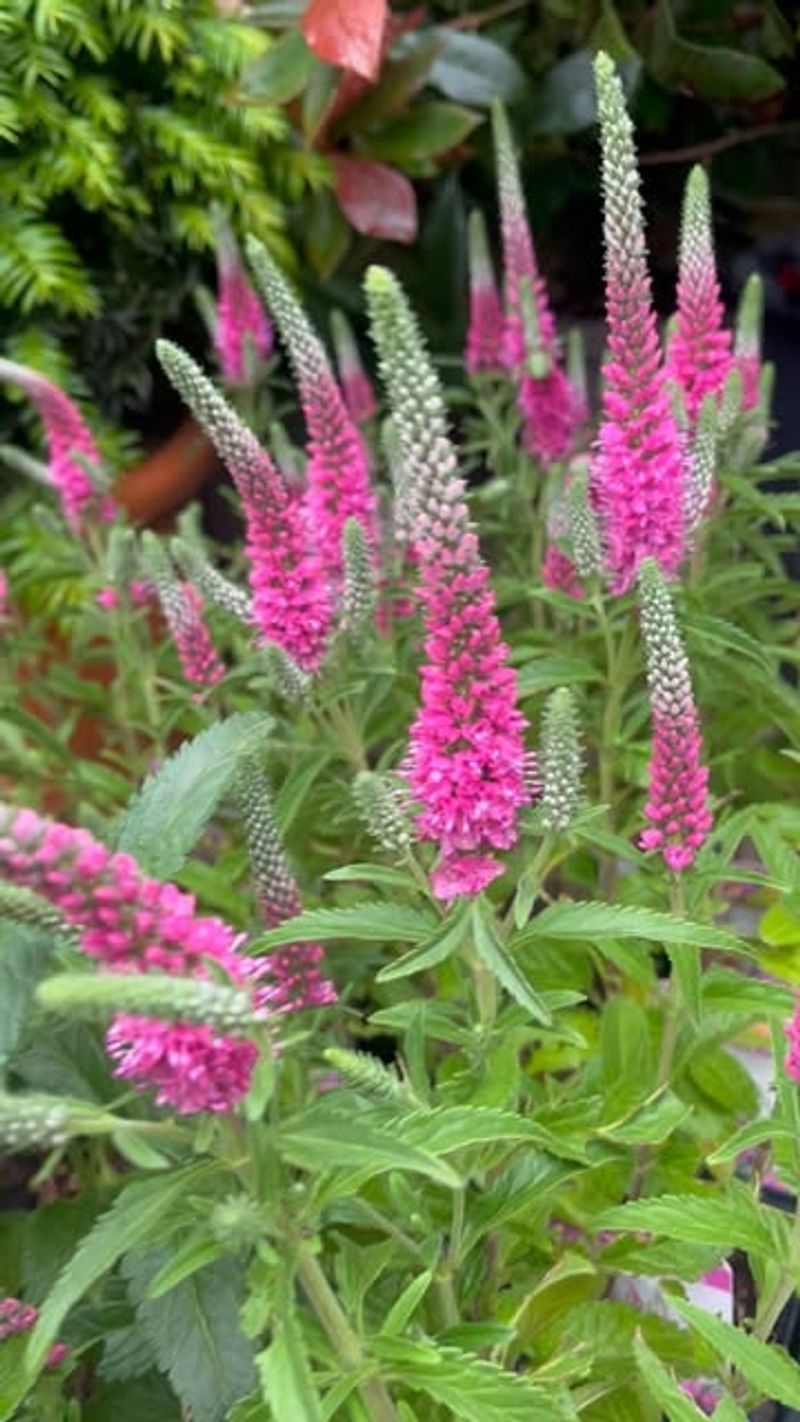Wisconsin gardeners know that fall planting can make all the difference when spring arrives. Veronica, also called Speedwell, is one of those perennials that truly thrives when you get it in the ground before winter sets in.
The cooler temperatures and autumn rains create perfect conditions for root development, giving your plants a head start that pays off with healthier growth and more blooms next year.
1. Early Root Growth Means Stronger Spring Blooms
Planting in autumn gives roots time to establish before the ground freezes. Cool soil temperatures encourage steady root development without the stress of summer heat. By the time spring arrives, your plants have already built a strong foundation underground.
In my Wisconsin garden, fall-planted Veronica always outperforms spring additions. The difference shows up immediately when warmer weather returns. Those early-established roots mean bigger plants and earlier flowering.
Root growth continues even when temperatures drop, as long as soil remains workable. This head start translates to better drought tolerance next summer too.
2. Why Fall Planting Helps Veronica Handle Wisconsin Winters
Wisconsin winters test every plant’s hardiness, but fall planting actually helps perennials adapt. When you plant before winter, the gradual temperature drop allows natural hardening off. Plants adjust slowly to cold rather than facing sudden transplant shock in spring.
Fall-planted specimens develop cold tolerance as they settle in. The process feels more natural than forcing plants to adjust during active spring growth. I’ve noticed fewer losses among autumn additions compared to spring transplants.
Our Zone 4 and 5 winters become less stressful for established plants. They’re already acclimated before the harshest weather arrives.
3. Less Competition From Weeds During Establishment
Weed pressure drops significantly once September arrives in Wisconsin. Cool-season weeds haven’t fully emerged yet, and summer annuals are dying back. Your new Veronica gets a peaceful period to settle in without battling aggressive neighbors for resources.
Spring planting means fighting weeds from day one. Chickweed, dandelions, and crabgrass all compete with new additions for water and nutrients. Fall eliminates most of that competition naturally.
I spend far less time weeding around autumn plantings. The plants establish faster when they’re not constantly crowded by unwanted growth.
4. A Simple Way To Reduce Spring Workload
Spring always brings an overwhelming list of garden tasks. Planting Veronica this fall means one less thing competing for your attention when warmer weather returns. You’ll appreciate having perennials already settled when you’re busy with vegetables, annuals, and lawn care.
Fall planting spreads the workload across seasons more evenly. Instead of cramming everything into April and May, you accomplish meaningful progress in October. The garden benefits from better planning and less rushed decisions.
Next spring, you can focus on maintenance rather than installation. Those extra hours make a real difference.
5. Better Moisture Conditions For Root Development
Wisconsin autumns typically bring reliable rainfall and cooler temperatures that reduce evaporation. These conditions create ideal moisture levels for new plantings without constant watering. Soil stays consistently moist without becoming waterlogged, perfect for root growth.
Spring often swings between too wet and unexpectedly dry. You’re either dealing with mud or scrambling to irrigate during warm spells. Fall offers more stable, predictable conditions that new plants appreciate.
I water fall plantings maybe twice before winter, compared to daily attention spring additions require. Nature handles most of the work automatically.
6. Pairing Veronica With Other Hardy Perennials
Fall is perfect for creating entire perennial combinations at once. Plant Veronica alongside coneflowers, black-eyed Susans, salvia, and ornamental grasses while everything’s available at nurseries. You can visualize the full design and install it together rather than piecing it out over multiple seasons.
Designing in autumn lets you see existing plants at their mature size. You’ll make better spacing decisions than when everything’s small in spring. The whole bed establishes together, creating cohesive growth patterns.
Companion planting becomes easier when you’re not working around actively growing neighbors. Everything settles in as a community.
7. Color You’ll Appreciate Long Before Summer Arrives
Many Veronica varieties bloom in late spring and early summer, filling that gap after spring bulbs fade but before summer perennials peak. Fall planting ensures robust flowering during this crucial period. You’ll have established plants ready to perform when the garden needs color most.
Spring-planted perennials often skip their first year of blooming or produce weak flowers. Fall additions have the energy reserves to flower properly their first season. The display makes the extra planning worthwhile.
I count on my fall-planted Speedwell for reliable May and June interest. They never disappoint.
8. Taking Advantage Of Fall Sales And Selection
Nurseries often discount perennials in September and October to clear inventory before winter. You can find healthy Veronica plants at significant savings compared to spring prices. The selection might surprise you, with varieties still available that sell out quickly in April and May.
Garden centers want to move stock rather than overwinter it. Smart gardeners take advantage of these deals while plants are still in good condition. The money saved can fund additional plants or other garden projects.
I always check local nurseries in early fall for bargains. Quality plants at reduced prices make autumn shopping worthwhile.
9. Improved Soil Contact And Settling Before Winter
Fall rains and freeze-thaw cycles naturally settle soil around new plantings. This eliminates air pockets that can damage roots during winter. By spring, your Veronica is firmly anchored with excellent soil contact throughout the root zone.
Spring-planted perennials don’t benefit from this natural settling process until the following winter. They spend their first growing season with less secure root systems. Fall planting provides an extra season of soil integration.
Properly settled plants show better stability during spring winds and storms. The improved anchoring supports stronger top growth too.
10. Building Garden Resilience For Unpredictable Springs
Wisconsin springs have become increasingly unpredictable, with wild temperature swings and unusual weather patterns. Fall-planted Veronica handles these conditions better because it’s already established. Late frosts, unexpected heat waves, and erratic rainfall affect new plantings far more than settled ones.
Established root systems buffer plants against weather extremes. Your fall additions can focus energy on flowering rather than survival. They’re simply tougher when challenges arrive.
Climate unpredictability makes fall planting more valuable than ever. Give your garden every advantage by planting before winter.

